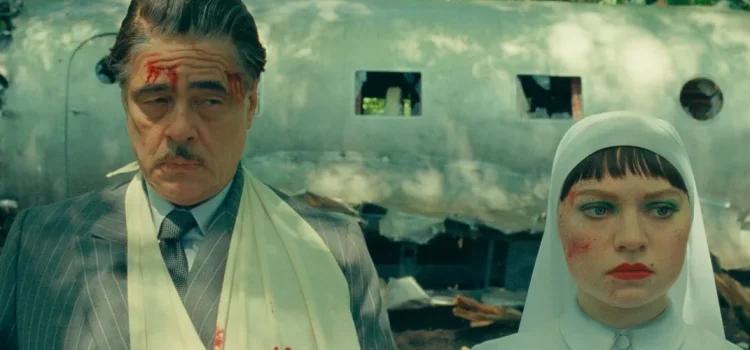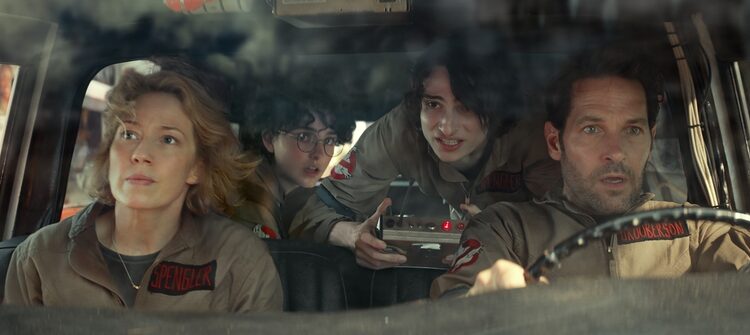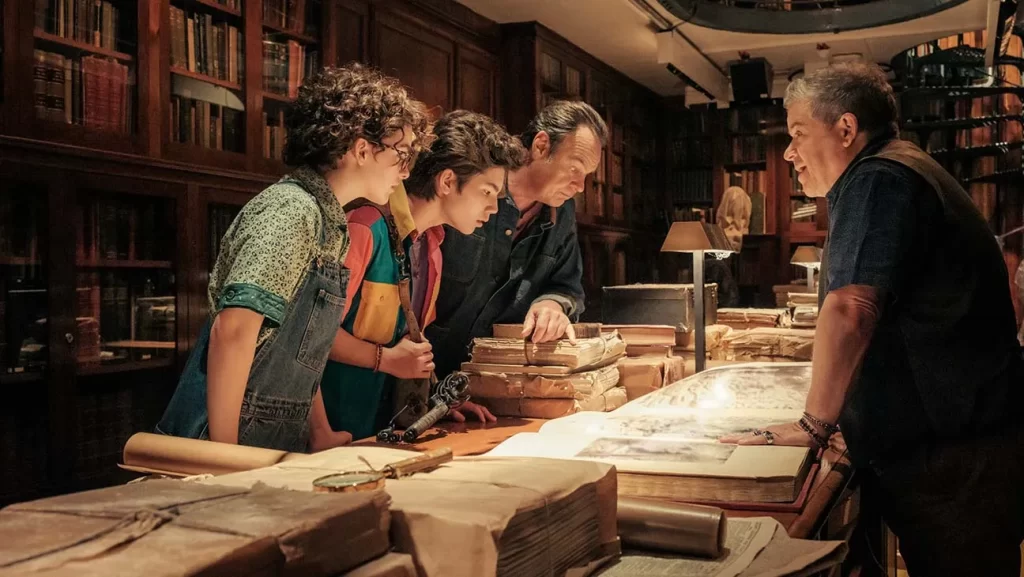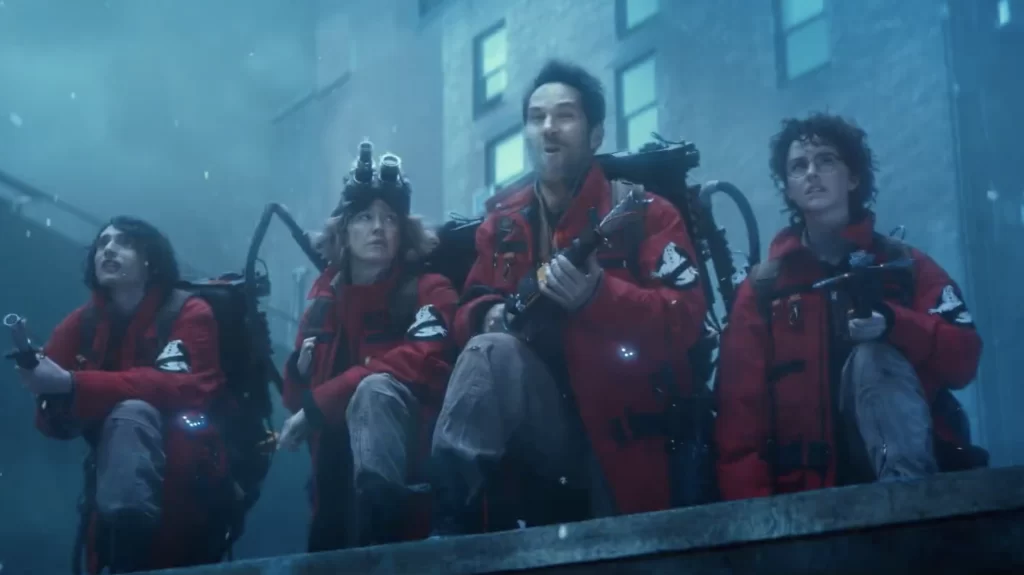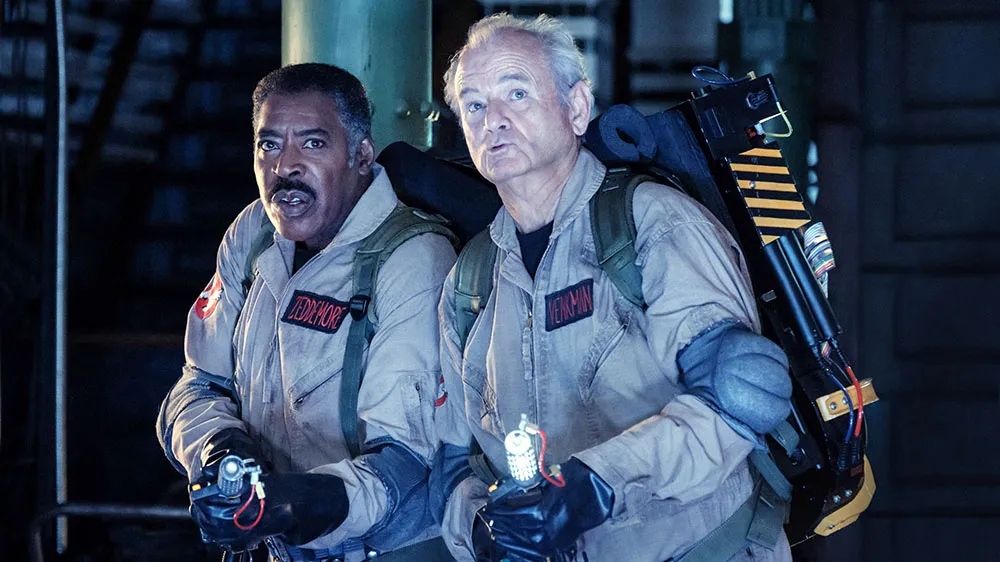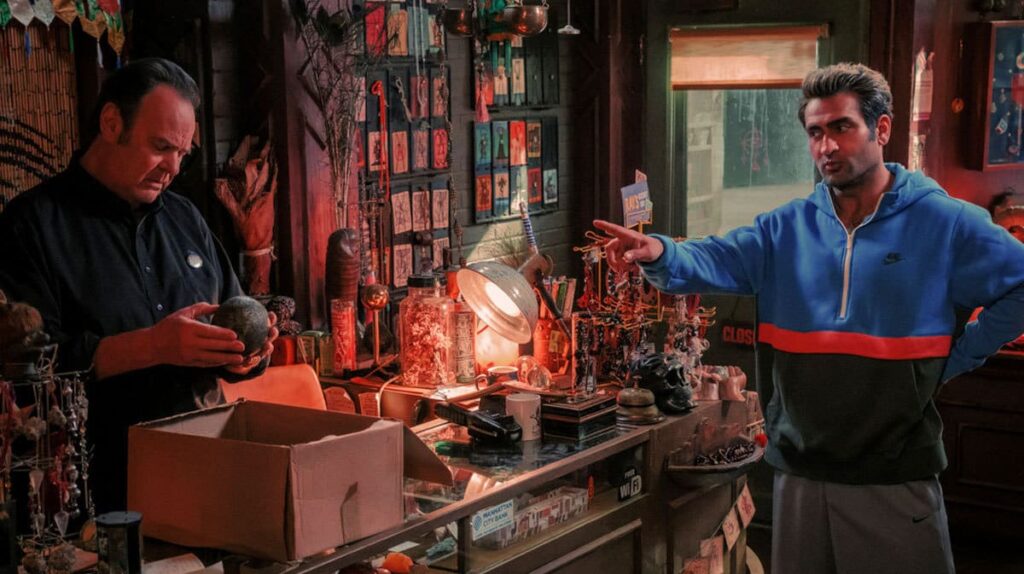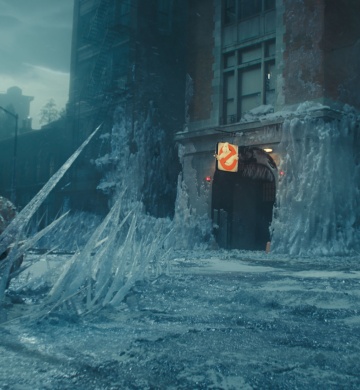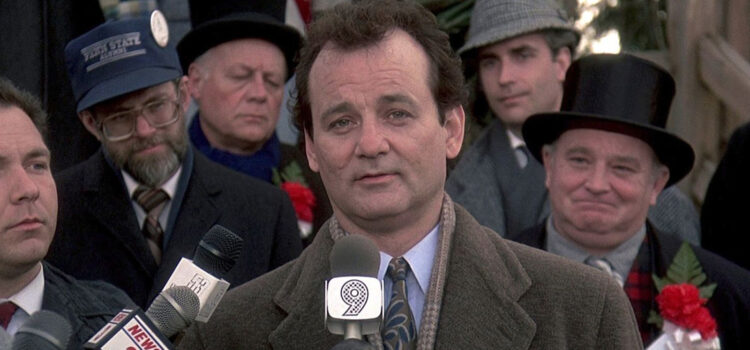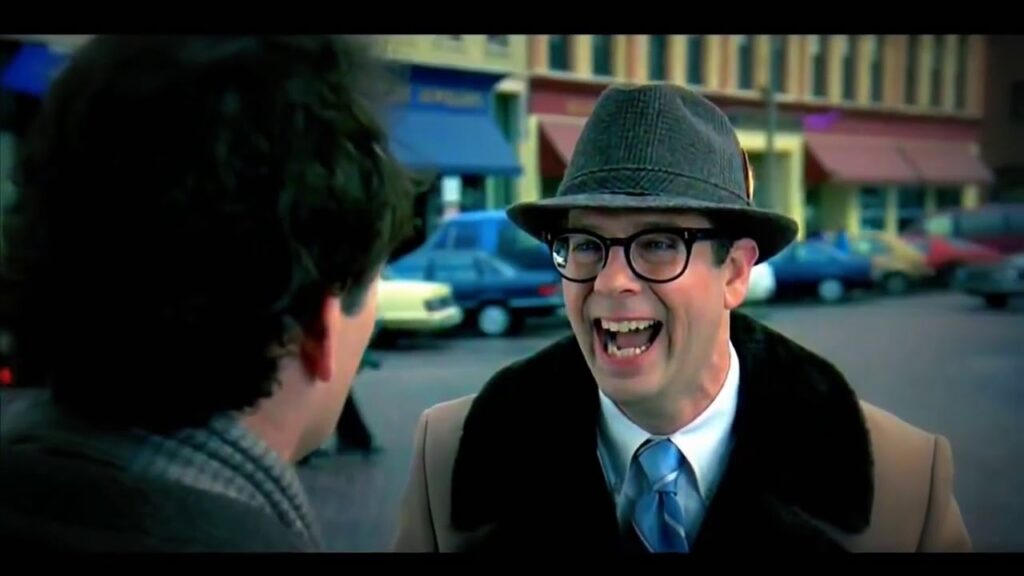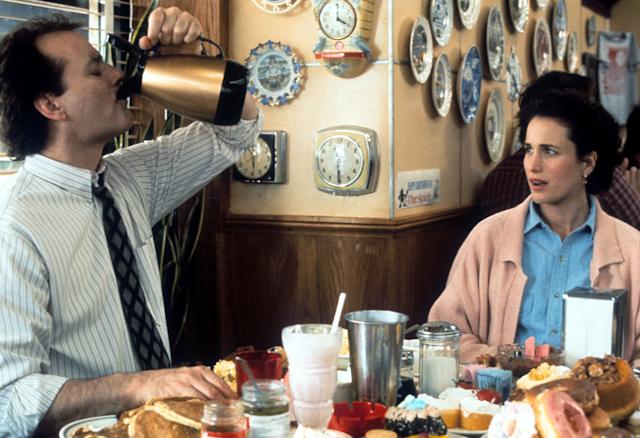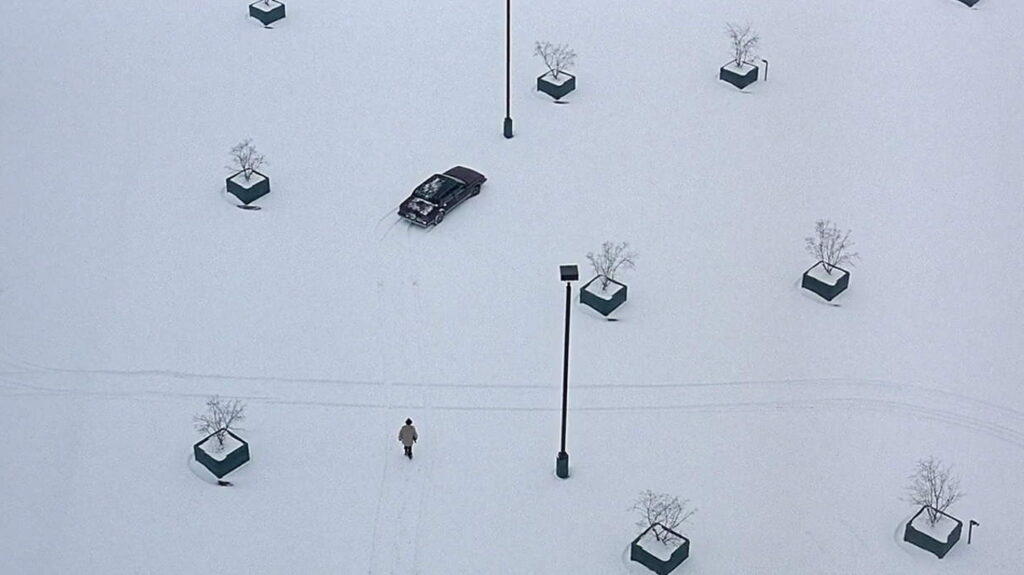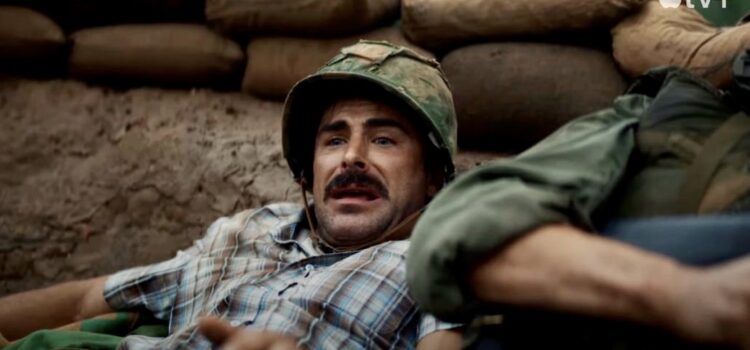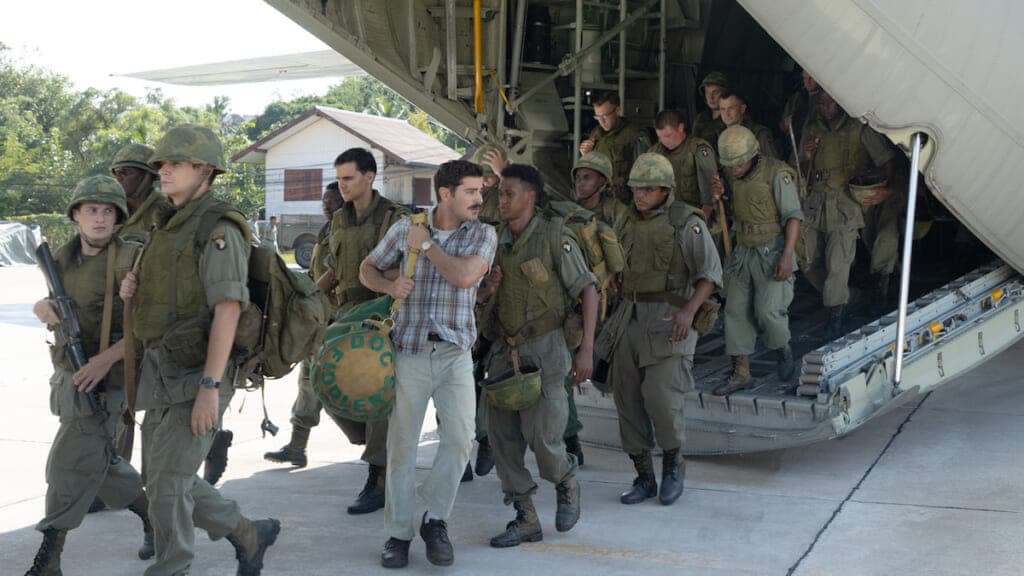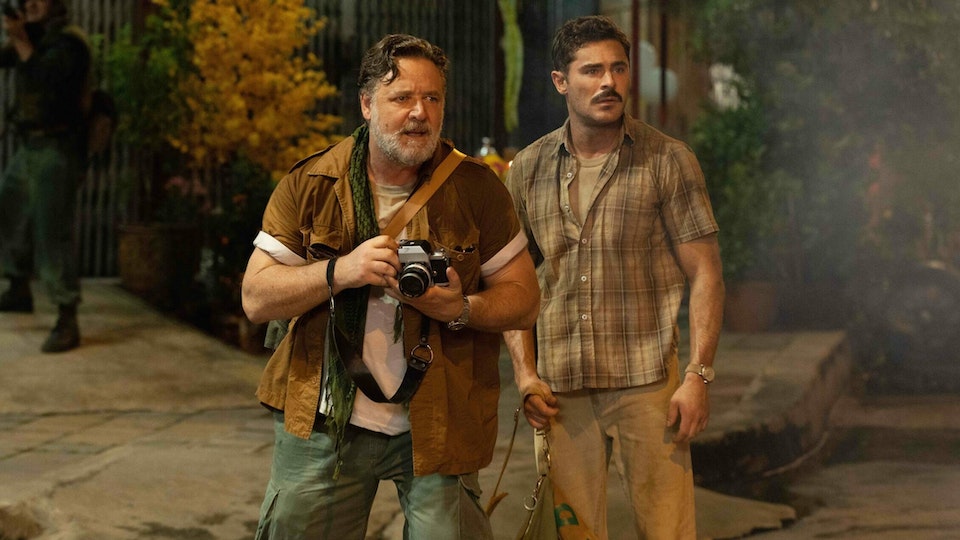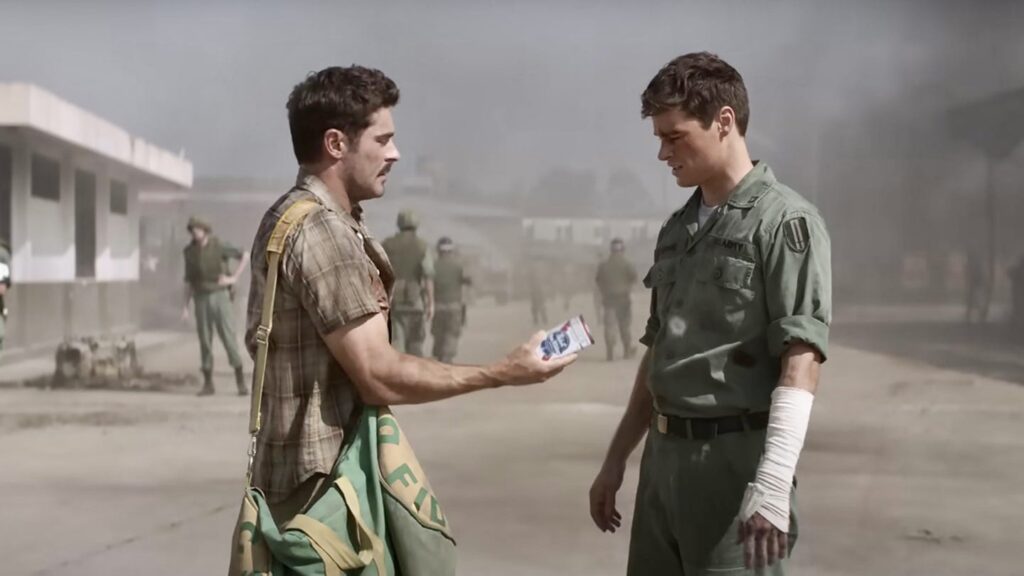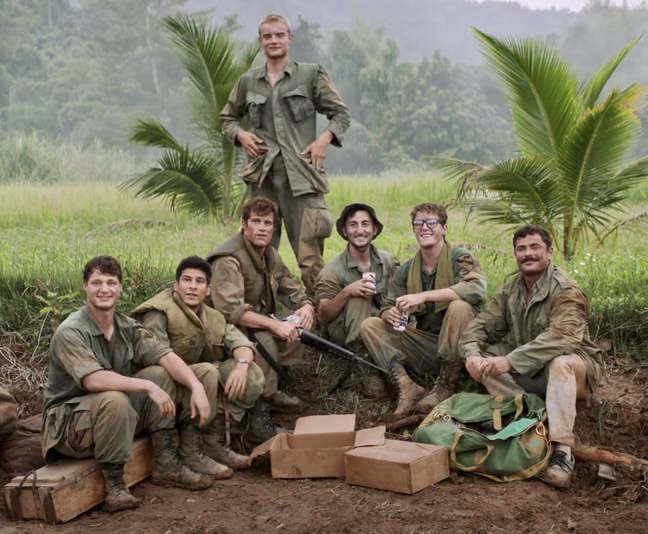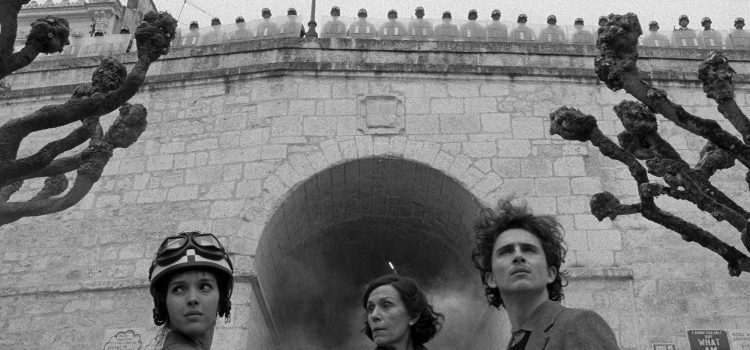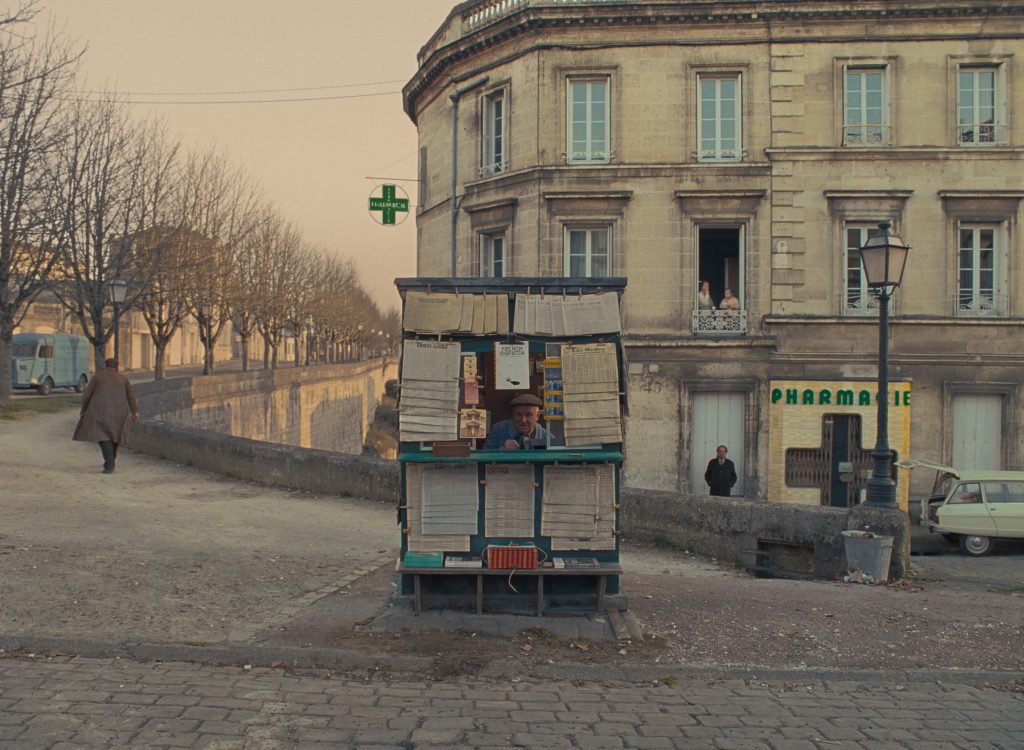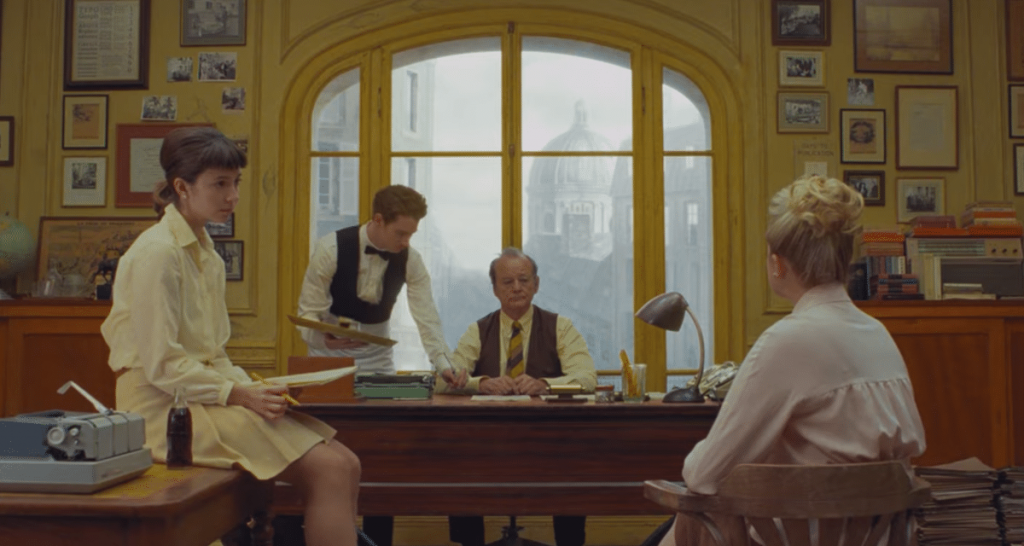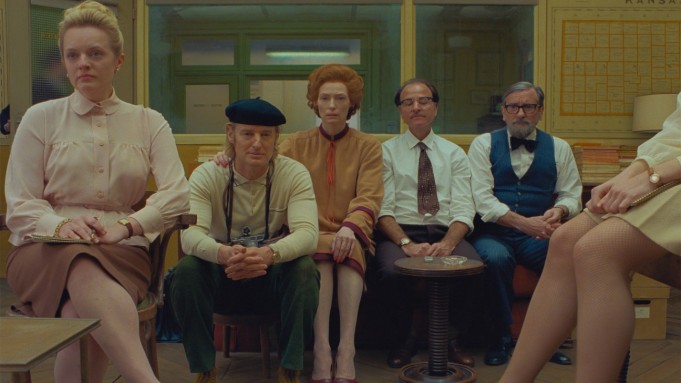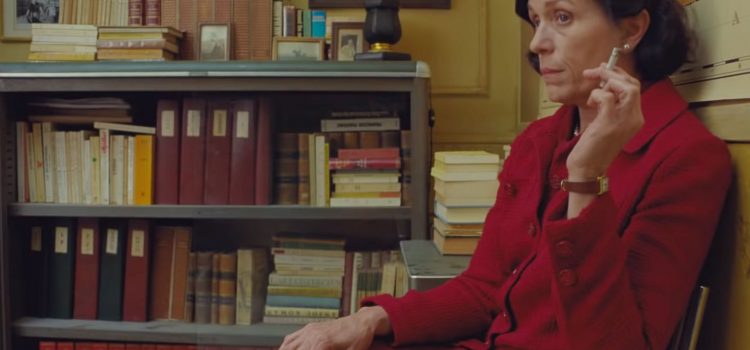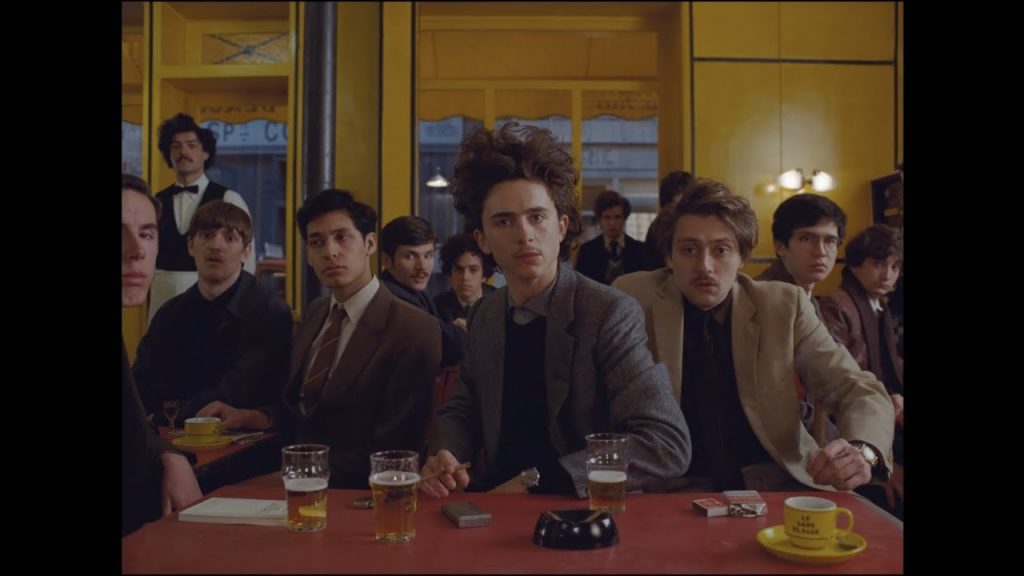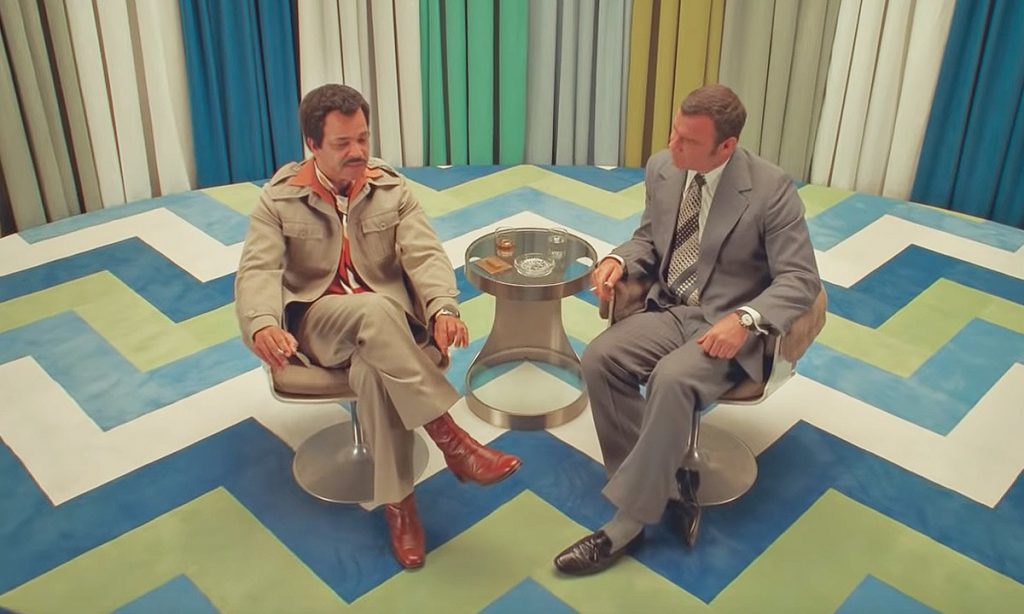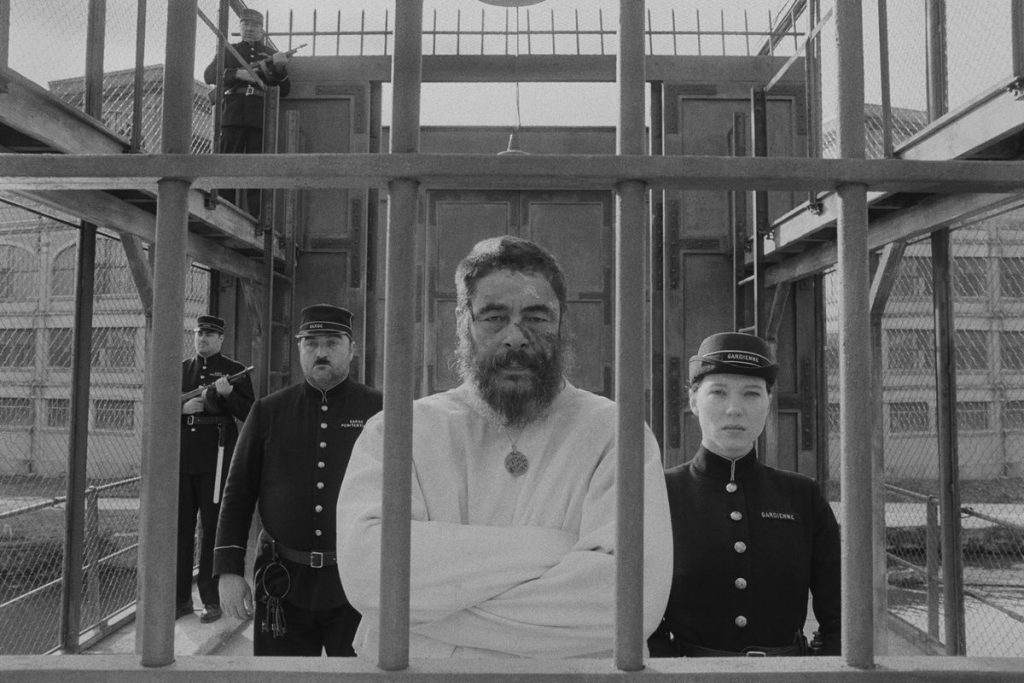By Alex McPherson
As ornately-stylized and star-studded as ever but emotionally out of reach, director Wes Anderson’s “The Phoenician Scheme” provides a rich visual tapestry of idiosyncratic characters and sincere, albeit unwieldy, meditations on greed, goodness, and the personal search for life’s meaning.
Set during the 1950s, Anatole “Zsa-Zsa” Korda (a pitch-perfect Benicio del Toro) is a sharply-dressed, casually vain international financier and industrialist who has amassed boatloads of wealth, shady business dealings, and people who wish him dead.
The opening sequence sees Korda barely surviving an assassination attempt – one of six – aboard his personal plane adorned with his name. The explosion makes short work of his newest administrative assistant, and Korda sends the plane’s pilot (just fired post-blast) soaring skyward via a handy-dandy ejector seat.
Everyone besides the assistant winds up in one piece, but this latest brush with death has prompted Korda to contemplate his mortality. While he’s unconscious, we shift to a black-and-white tribunal at the gates of Heaven, which we return to periodically throughout the film, sometimes featuring Bill Murray as bushy-bearded God, where Korda is being judged for his sins. He starts looking, however tepidly, inwards, and thus begins considering the legacy he wants to leave behind once he shuffles from this mortal coil.
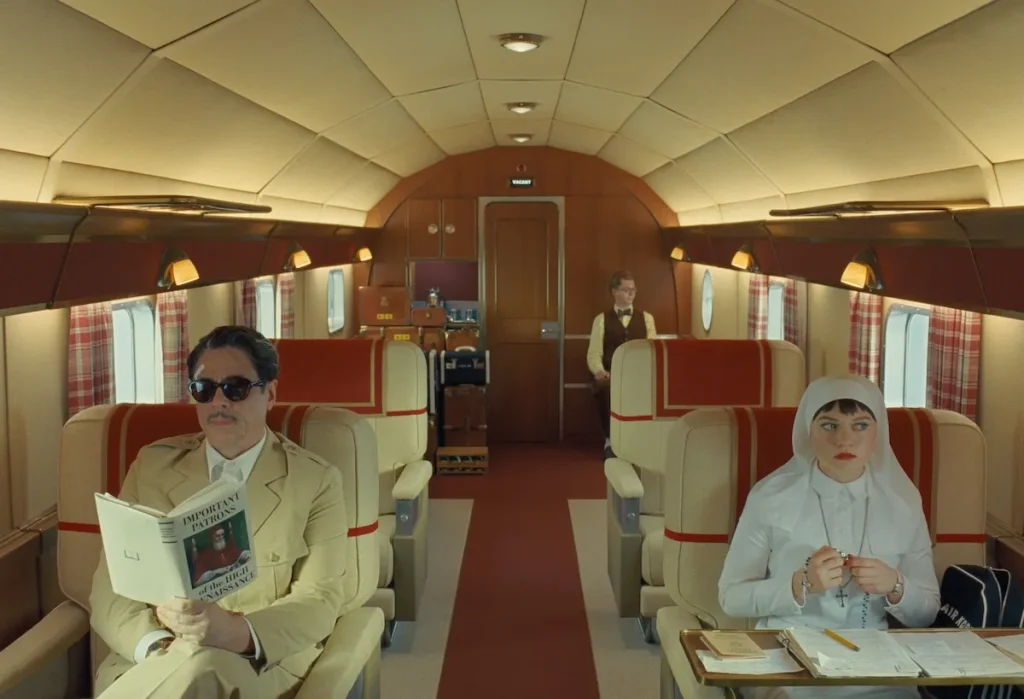
Korda reaches out to his estranged daughter, Liesl (Mia Threapleton), a devoted novitiate nun whom he hasn’t seen or spoken to in six years. He plans to name her heir to his fortune and business investments (“on a trial basis”), and he wants to finalize his elaborate development within the fictional Middle-Eastern-inspired country of Phoenicia: the titular Phoenician Scheme.
Liesl is resolutely against Korda’s exploitative and destructive practices — Korda almost beams when discussing plans to use slave labor — and she makes clear her refusal to accept his vast sums of wealth.
Liesl does, however, believe that she can help Korda see the error in his ways within the Scheme, and possibly help to mend the rift between him and Korda’s nine neglected sons, who live across the street from his lavishly hollow estate. She also wants to know the cause of her mother’s death — rumors have it that Korda killed her, or that it was his brother, Nubar (a menacing, impressively-mustached Benedict Cumberbatch). The stage is set for conflict and inevitable reconciliation between Liesl and Korda.

Thanks to the efforts of an American consortium to thwart his power and influence, however, Korda must now attempt to cover the Scheme’s funding deficit (“The Gap”). Thus begins an episodic journey to various investors across Greater New Phoenicia to wrangle the necessary money out of various quirky investors, deploying his characteristic blend of haughtiness and sincerity.
Korda and Liesl are accompanied by Bjørn (Michael Cera, with a wild accent), an entomologist-turned-Korda’s-newest-administrative assistant, who takes a liking to Liesl and who might be more than meets the eye. Oh, and people are still periodically trying to kill Korda.
“The Phoenician Scheme” maintains all the hallmarks of an Anderson film — gorgeously detailed sets, precisely-composed framing, deadpan dialogue, and a smorgasbord of returning faces in roles both big and small. It’s also exhausting, multilayered, and not as streamlined as his best work.
It sacrifices thematic heft for a satirical plot that never quite coalesces into something truly special. But that doesn’t mean “The Phoenician Scheme” doesn’t have its charms, even if the story’s hurried, unconventional structure muddles the profundity of its most heartfelt moments.
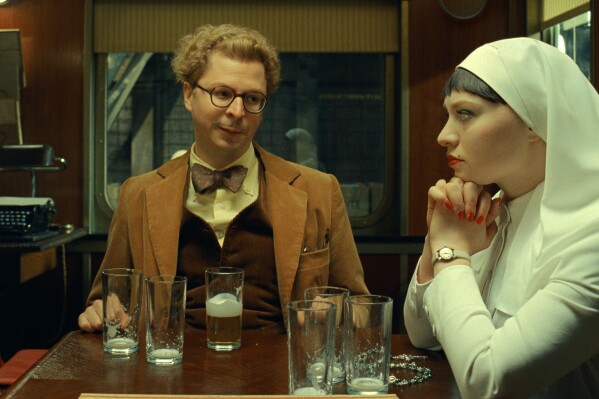
Del Toro, making his second appearance in an Anderson production (the first was in “The French Dispatch”), slots in perfectly to Anderson’s particular style, imbuing a character that should be detestable into someone who, despite his haughtiness, is genuinely reckoning with his immoral past and the kind of person he wants to become.
It’s amusing to see Korda’s ostensibly sentimental arc unfold side-by-side with him offering colorful hand grenades, for example, to every investor he meets with. Del Toro delivers Anderson’s signature dryly comedic dialogue with pitch-perfect calibration, while more subtly showing the magnate’s thawing identity brought on by the re-introduction of Liesl into his life.
This tug-of-war seemingly exists within Anderson’s filmmaking itself, continuing his streak of self-reflection as an artist. The film’s environments are rich with detail but lack warmth, and, particularly in its final third, “The Phoenician Scheme” breaks some of Anderson’s “rules” to reflect Korda’s changing values. It becomes less artificial and more organic in its formal elements, stripping away the unnecessary to get to what really matters.
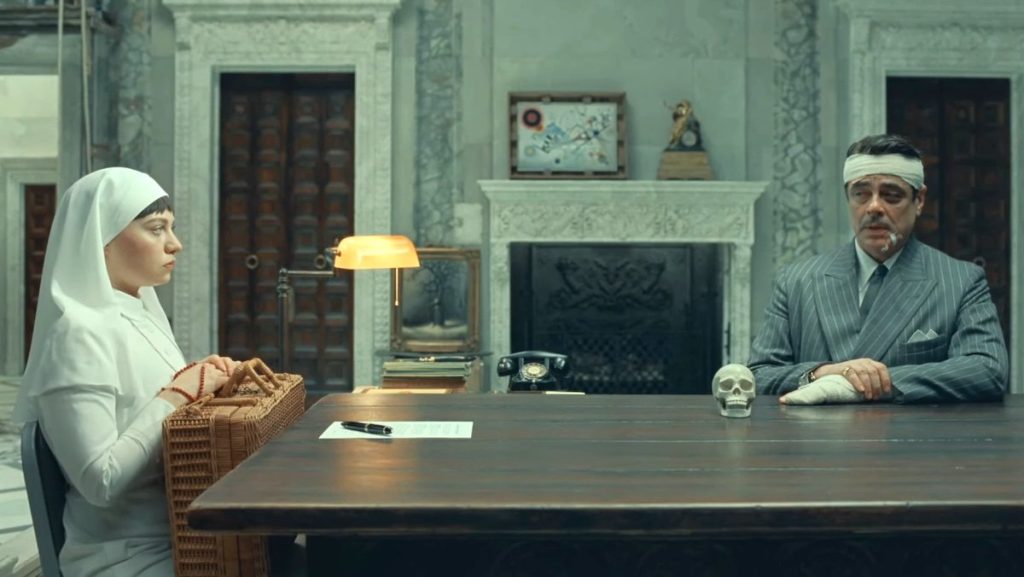
Threapleton — the MVP — embodies her character’s tension between Liesl’s pious life as a nun with her undeniable draw to material wealth, and to Korda,: a person who seems antithetical to her values. It’s an excellent performance both consistently funny and always operating on a deeper level, marking Threapleton as an actor with a bright future and hopefully becoming a recurring player in Anderson’s troupe of actors.
The remaining characters in “The Phoenician Scheme,” with varying degrees of importance to the plot, are mostly Anderson stalwarts who display expected quirkiness and wry wit. Cera gets most of the film’s laugh-out-loud moments as Bjørn — how is this Cera’s first appearance in an Anderson movie?.
Korda’s cadre of investors — including rail barons Leland (Tom Hanks) and Reagan (Bryan Cranston), the Phoenician prince Farouk (Riz Ahmed), nightclub owner Marseille Bob (Mathieu Almaric), ship-building businessman Marty (Jeffrey Wright), and ,hydroelectric engineer and Korda’s second cousin Hilda (an underused Scarlett Johansson)— are agreeable to watch, but the film’s episodic structure renders them more as amusing asides than memorable, fleshed-out characters. The star power behind them does most of the heavy lifting.
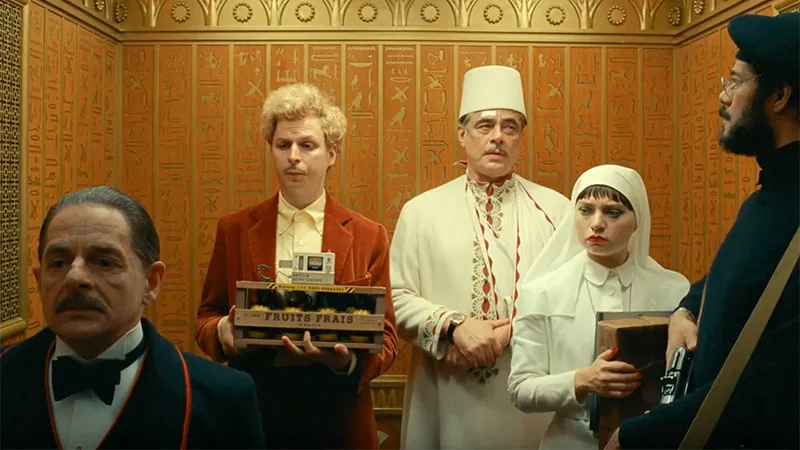
Indeed, amid all the labyrinthine happenings of The Scheme and Anderson’s continued love of nonstop exposition, “The Phoenician Scheme” quickly becomes overwhelming, as the far more engaging story of Korda and Liesl’s connection is nearly swallowed by the mess of everything surrounding it.
It’s not that viewers shouldn’t expect this from late-game Anderson, but when compared to the more-focused successes of “Fantastic Mr. Fox,” “Moonrise Kingdom,” and “The Grand Budapest Hotel,” this latest project doesn’t approach its themes with the attention they merit. It’s all too willing to whisk us away to a new locale or character introduction without allowing much time for reflection.
If viewers go into “The Phoenician Scheme” without expecting anything close to the heights of those aforementioned films, it remains an easy recommendation. Anderson is still crafting experiences more experimental and defiantly strange than most mainstream directors working today, and that’s always to be celebrated.
The Phoenician Scheme” is a 2025 comedy directed by Wes Anderson and starring Benecio Del Toro, Mia Threapleton, Michael Cera, and Benedict Cumberbatch. It is rated PG-13 for violent content, bloody images, some sexual material, nude images, and smoking throughout and the runtime is 1 hour, 41 minutes. It opened in theaters June 6. Alex’s Grade: B.
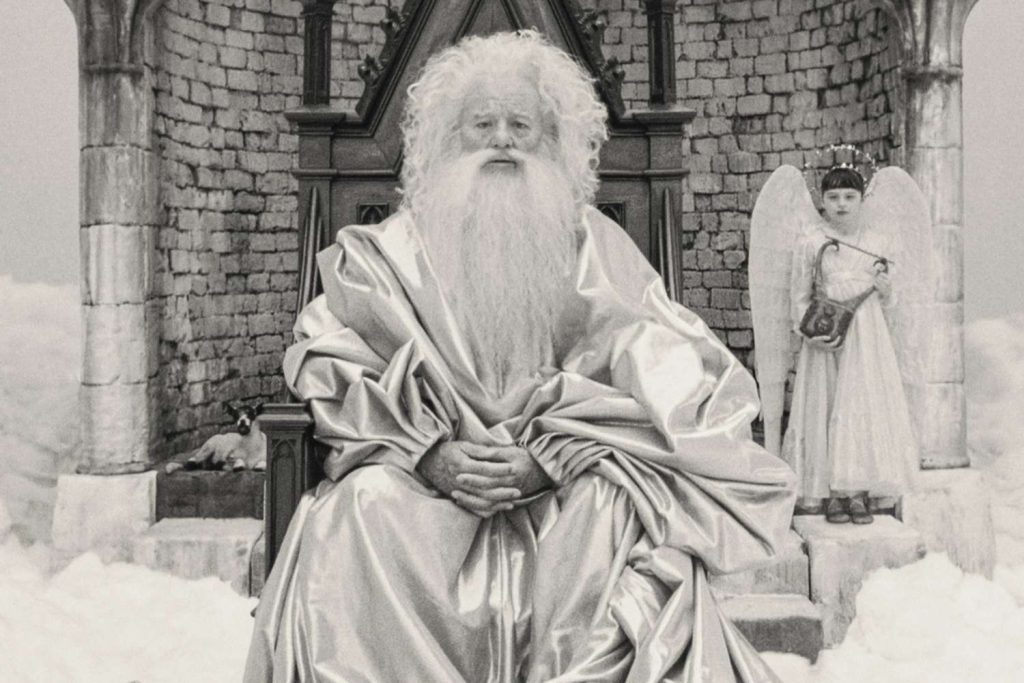
Alex McPherson is an unabashed pop culture nerd and a member of the St. Louis Film Critics Association.

